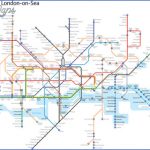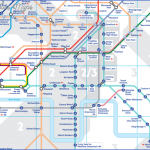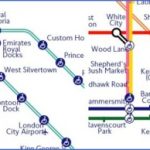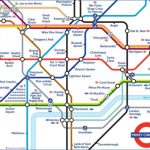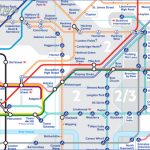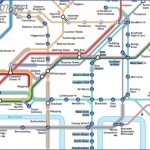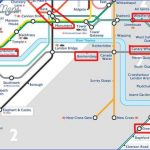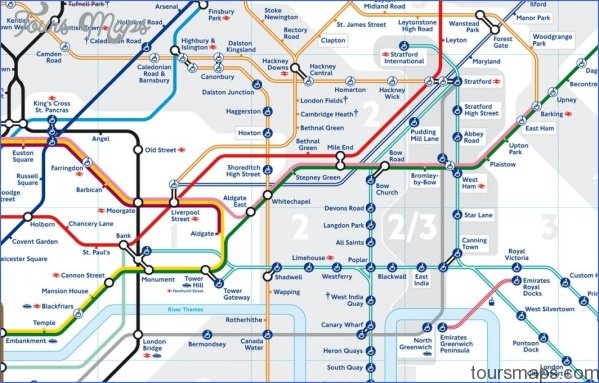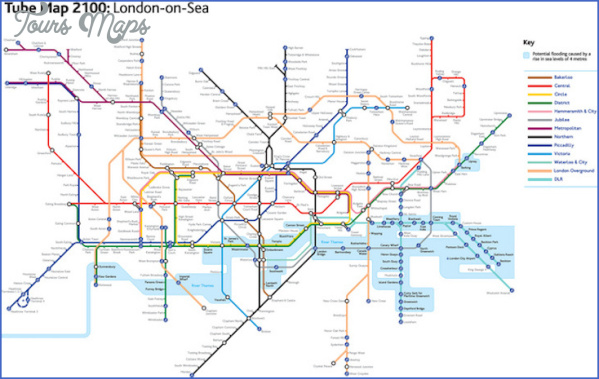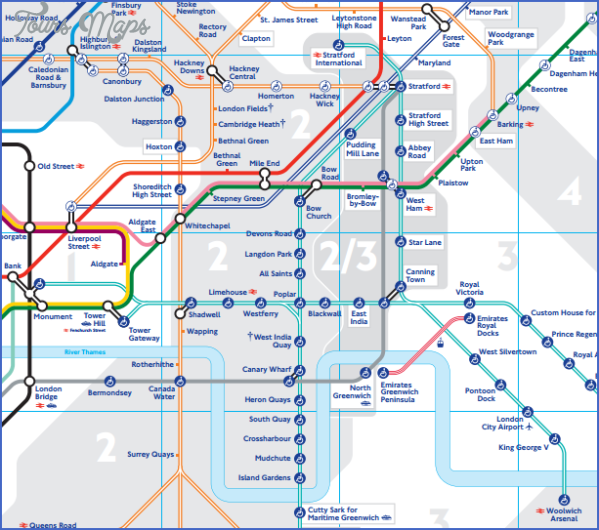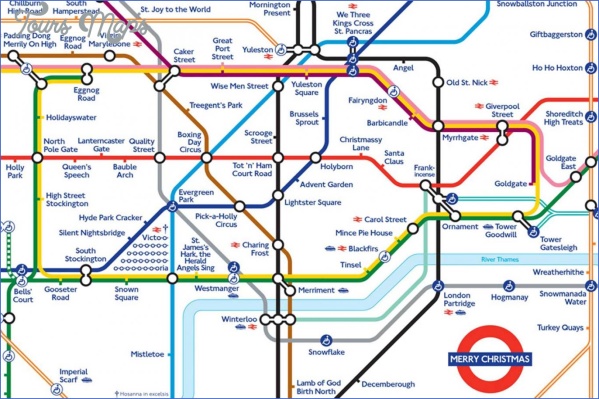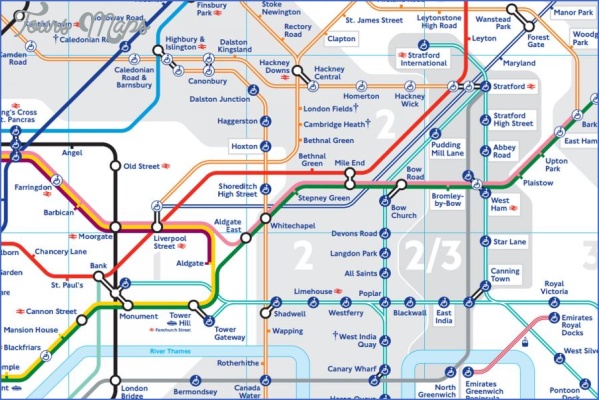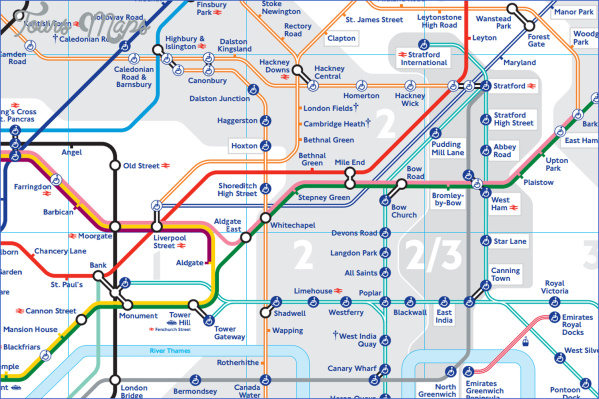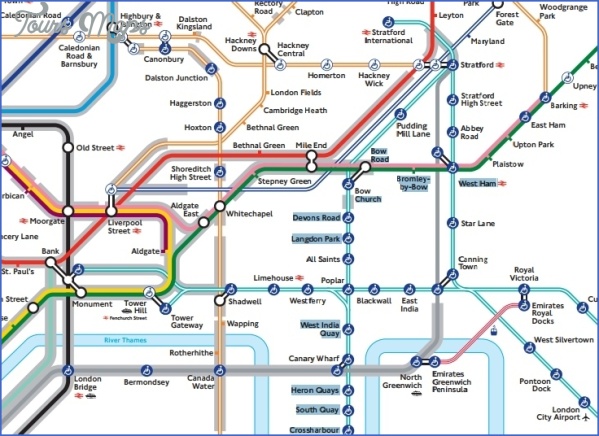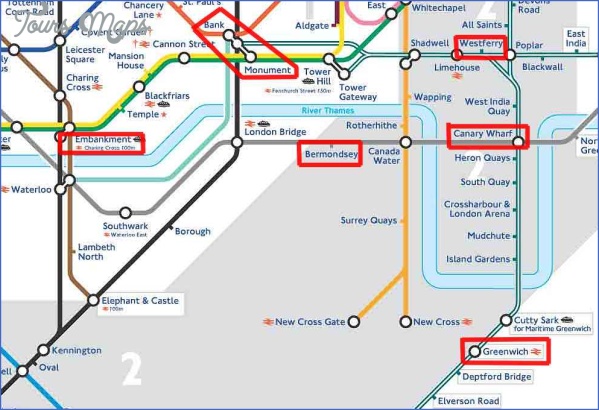Time is Everything
“Time is everything – five minutes making the difference between victory and defeat.” Horatio Nelson
A Quiet Centre of Time and Space
Not until 1884 at the Treaty of Washington did the nations of the world formally acknowledge Greenwich as the base-point of the world’s measurement of time and space. Even then, France refused to sign and merely added a note that everyone else had agreed to a specific point west of their own National Observatory in Paris. At Flamsteed House, where the old Royal Greenwich Observatory was established in 1675, the two most important exhibits are the telescope used to establish the line of zero longitude and the four Harrison time-pieces that first enabled Man to determine accurately his position at sea, at any time of the day or night, in any climate, location or weather.
Tube Map Greenwich Photo Gallery
The House of the Astronomer Royal, commissioned in 1675. The red Time Ball is raised every day, rising to the top at 12.58 and dropping at 1.00 pm precisely. One of the earliest public time signals, it was first used in 1833 and still operates today.
The Victorian Planetarium building and the new Planetarium stand side by side at the Royal Observatory.
H2, pictured below, was built between 1737 and 1740 and is one of the four most important clocks in the history of navigation, all built by John Harrison (1693-1776). They were built to contend for the 1715 Longitude Prize, of £20,000, for the first person to discover a means of calculating longitude at sea. Despite meeting the full conditions, Harrison only received half the prize money from the Longditue Board in 1765 and only on condition that he surrender his clocks and plans to the Astronomer Royal, Nevil Maskelyne, who promptly consigned them to a dark damp cellar.
The 24-hour clock outside the Royal Observatory. Installed in 1852, it is one of the earliest electrically-driven public clocks. Being a 24-hour clock, the hour hand marks noon (XII) at the bottom of the dial and midnight (0) at the top.
The steel sculpture on the Meridian Line was installed to mark the final year of the millennium. Designed by Thinkfarm, it was sponsored by The Times newspaper.
The The Queen’s Watermen welcome Jubilant, a Royal Shallop, at Greenwich Pier on her maiden voyage from Kew in a ‘Celebration of Time’ in 2002, escorted by a flotilla of Waterman’s Cutters and other historic craft. The Jubilant Trust makes use of the Shallop for training disabled rowers to join able-bodied rowers in events, ceremonies and regattas on the Thames.
Maybe You Like Them Too
- Top 10 Islands You Can Buy
- Top 10 Underrated Asian Cities 2023
- Top 10 Reasons Upsizing Will Be a Huge Travel Trend
- Top 10 Scuba Diving Destinations
- World’s 10 Best Places To Visit


